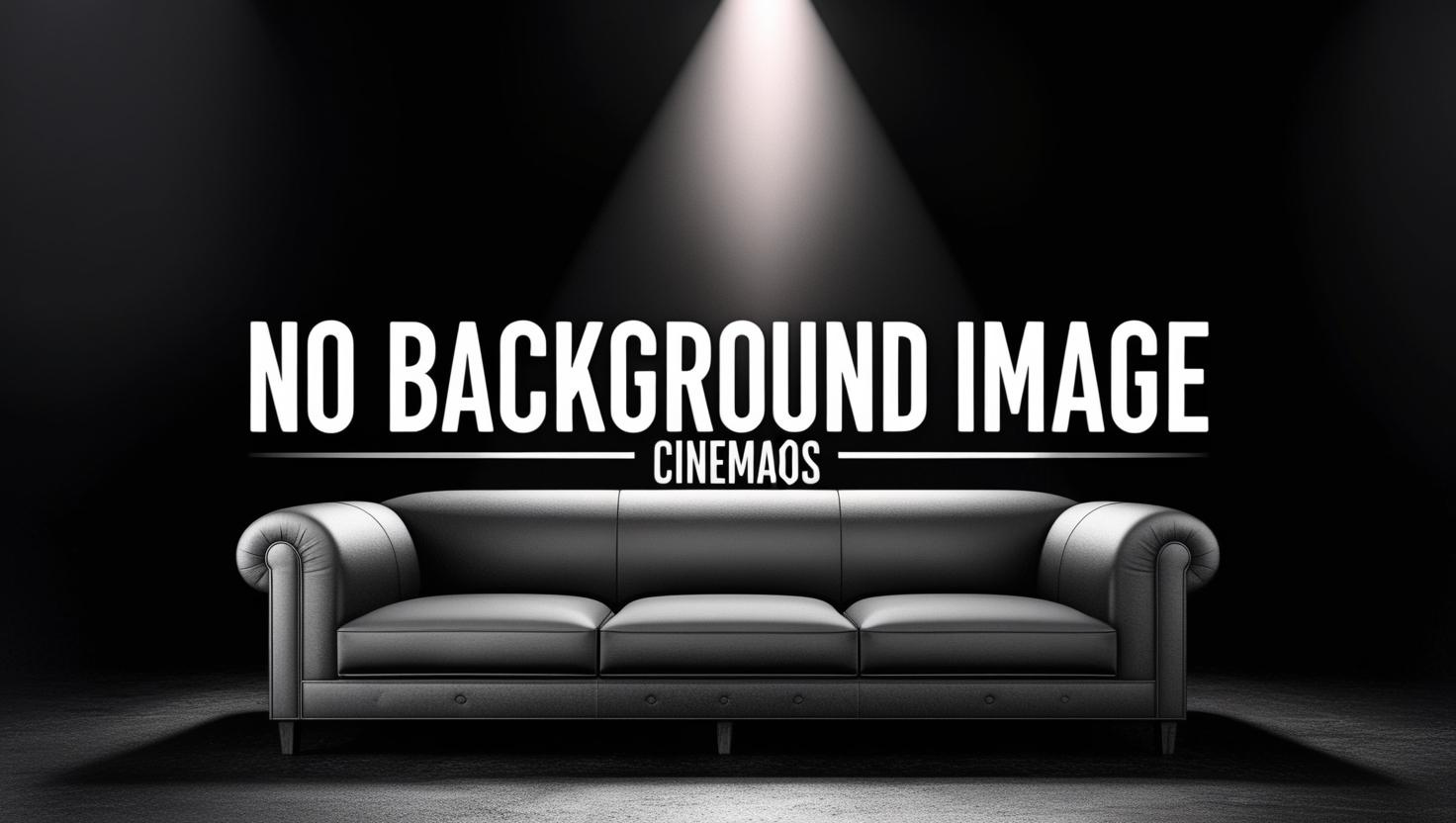
Tree Limbs
2025
0h 16m
0.0(0 votes)
Documentary
Overview
A homogeneous structure of wind and light across tree branches in the South region of Isère
Links & Resources
Social & External

A homogeneous structure of wind and light across tree branches in the South region of Isère
Social & External